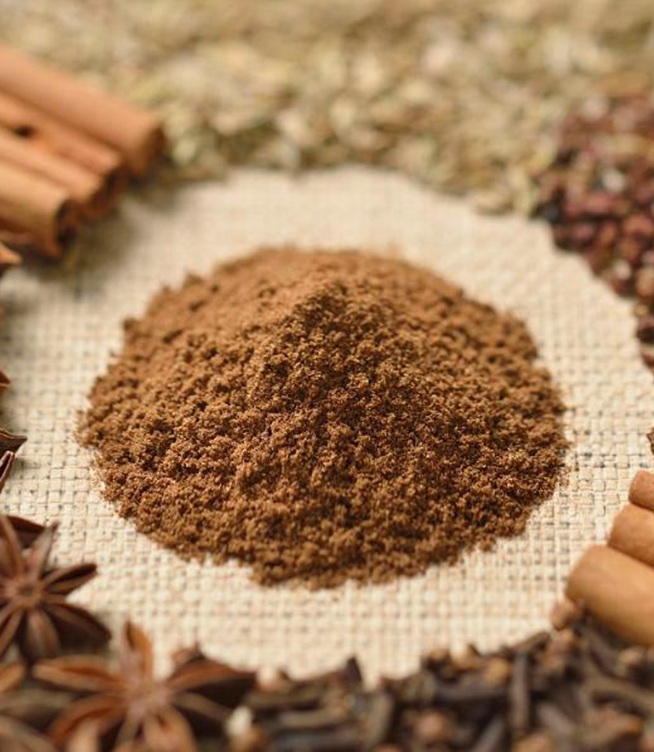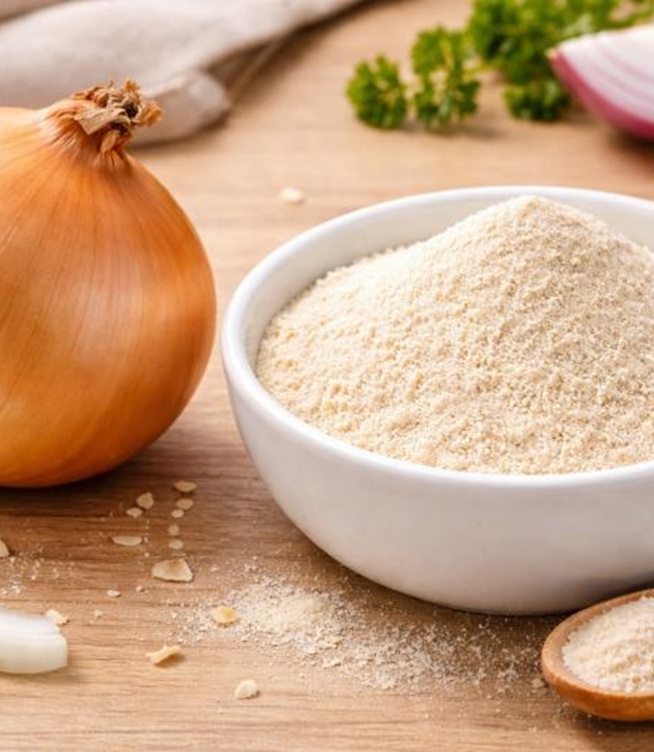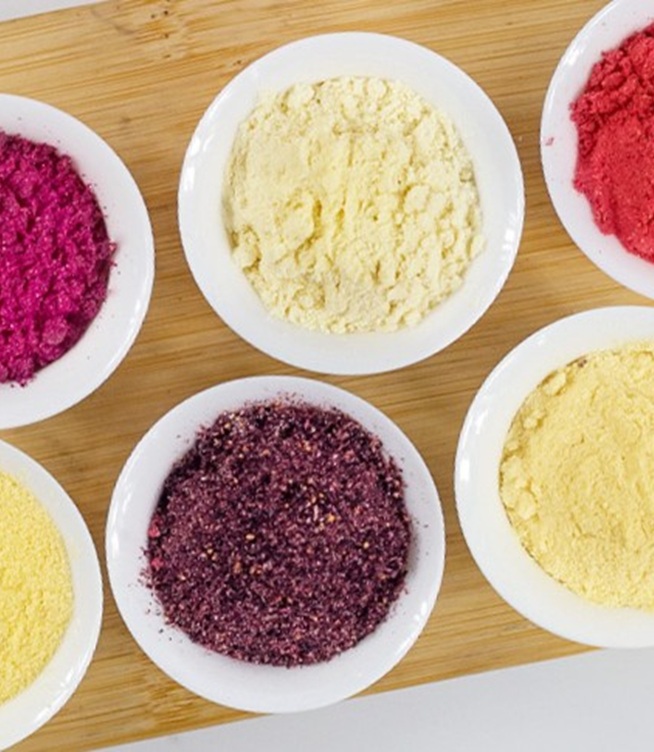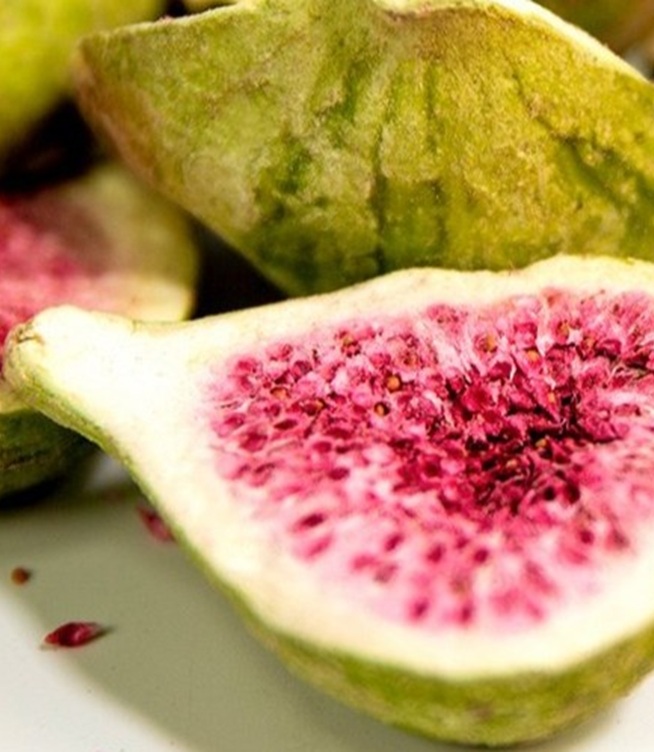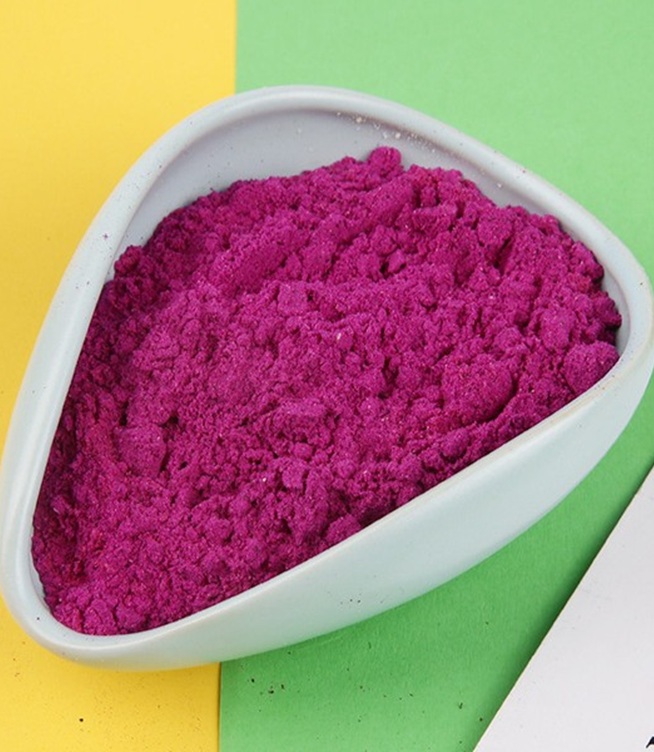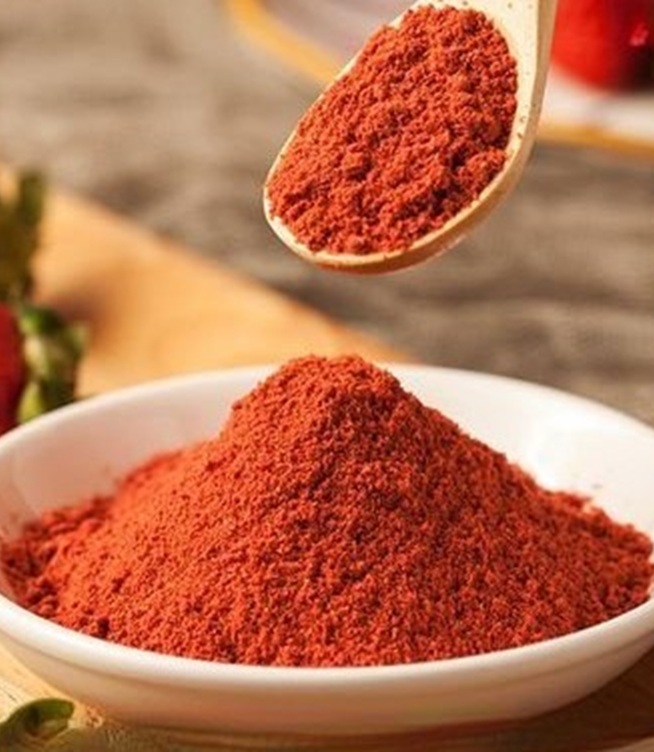The Evolution of Dehydrated Vegetables: From Factory Production Lines to Infinite Possibilities in Kitchen Technology
At the athlete’s restaurant in the Tokyo Olympic Village, instant miso soup packs made from dehydrated vegetables became the most popular item. In the kitchens of a Michelin restaurant in Paris, dehydrated carrot slices are being used to create stunning molecular cuisine presentations. When dehydrated vegetables break free from the traditional image of instant noodle toppings, this culinary revolution is reshaping the modern diet in ways we never imagined.
Smart Factories: The Technological Singularity of Dehydration Technology
In the central control room of a dehydrated vegetable factory in Zhejiang, engineers are adjusting the parameters of 128 temperature and humidity sensors in real-time through an IoT system. The heat pump drying system reduces energy consumption by 60%, while vacuum-pulse drying technology ensures that over 85% of the chlorophyll in spinach is preserved. The freeze-dried strawberry crisps produced here are being delivered via cold-chain logistics to Starbucks’ new seasonal product ingredient library.
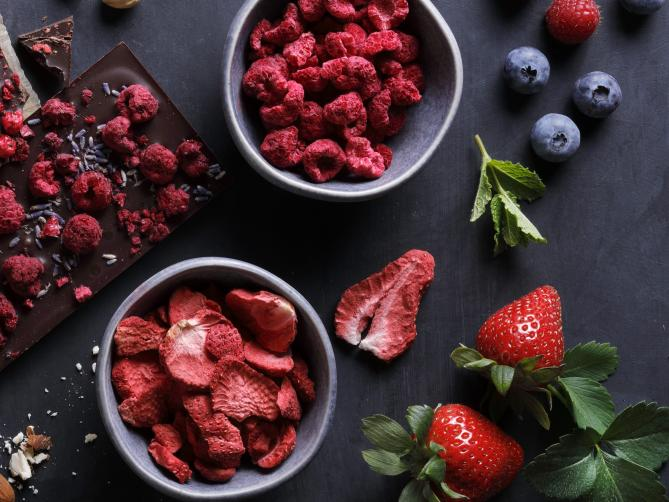
At a smart agriculture base in Shouguang, Shandong, China, freshly harvested bell peppers pass through a spectral sorting system, automatically selecting the best dehydration method: red peppers undergo gradient-temperature drying to maintain their vibrant color, while yellow peppers use ultrasonic-assisted dehydration to reduce processing time by 30%. These smart dehydration technologies are becoming key ingredients for companies.
The most advanced dehydration technologies are creating stunning cross-disciplinary products: dehydrated beef and vegetable composite crisps with marble-like patterns, 3D-printed dehydrated food modules developed for space stations, and probiotic-infused dehydrated kimchi energy bars. These innovations have elevated dehydrated vegetables from a simple preservation technique to an artistic medium for food design.
Kitchen Revolution: New Ways of Home Dehydration
In the kitchen of Shanghai-based food blogger May, a home freeze-dryer is turning fresh basil leaves into vibrant green powder. This smart device is connected to a mobile app, which recommends dehydration curves based on the specific characteristics of the ingredients. Her latest creation, dehydrated tomato crisps paired with goat cheese, has garnered over 100,000 likes on Xiaohongshu, with the comment section flooded with fans requesting her homemade dehydrated ingredients.
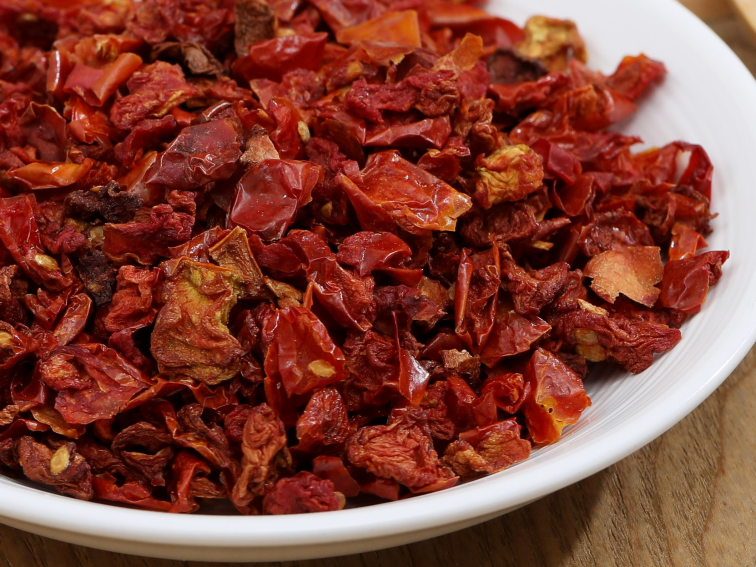
Tokyo housewife Masako invented the "Sunshine Dehydration Pyramid," an apparatus made of acrylic prisms and solar panels that triples the dehydration efficiency. The dehydrated sakura shrimp and perilla she makes on her balcony have become a limited-edition seasoning that mothers in her community are eager to buy. This fusion of traditional and modern dehydration methods is sparking a new food culture movement in Japan.
In Melbourne, a tech enthusiast’s dehydration innovation is catching attention: a rapid dehydration device modified from a microwave resonant cavity can produce kale chips in just eight minutes. Combined with 3D printing technology, the dehydrated vegetable molds can create perfect rose-shaped broccoli. These DIY gadgets are revolutionizing the way people view kitchen tools.
From NASA space food to Michelin-starred dining tables, dehydration technology is undergoing a quantum leap in evolution. In a boutique supermarket in Ginza, Tokyo, molecular cuisine seasoning powders made from dehydrated vegetables are sold at over the price of Wagyu beef per gram. Meanwhile, farmers in rural Yunnan are using mobile solar-powered dehydration units to increase the value of wild mushrooms by five times. This ancient preservation technique is blooming with unprecedented possibilities in the age of smart technology. It’s not only a method to extend shelf life, but also a delicious bridge that connects nature’s gifts with human creativity. When the aroma of dehydrated basil fills your kitchen, it might just mark the beginning of your participation in this food revolution.



